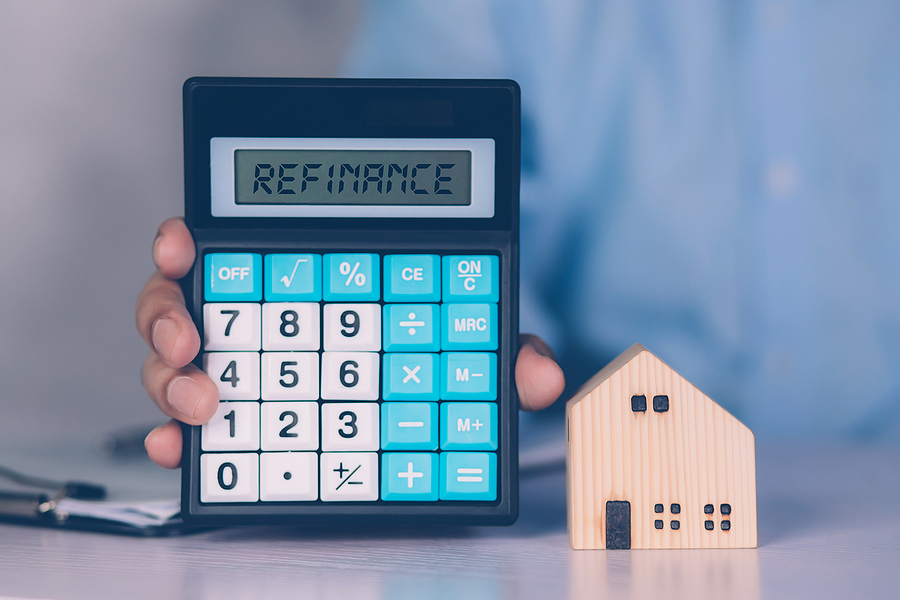Rate lock volumes dropped again in May by 4.8% despite interest rate growth slowing, according to Black Knight’s latest Originations Market Report.
While conforming 30-year rates rose at the beginning of the month to 5.5%, they cooled by month-end to 5.34%, 7 basis points down from April.
Still, lock volumes fell for both rate/term and cash-out refis, down 23.6% and 11.9% respectively. Cash-outs are now down 42.2% from last year.
“Ultimately, our OBMMI daily interest rate tracker showed 30-year conforming offerings finishing the month at 5.34%, down 7 basis points from last month. Still, despite this plateau in rates, rate lock volume continued to slide in May, with declines seen across all loan purposes,” said Scott Happ, president of Optimal Blue, a division of Black Knight.
The refi share of the market is now just 18%, the lowest point on record since at least January 2018, while purchases are now the largest share of rate locks at 82%, their highest point.
But purchase volumes were still down 2.3% month-over-month and flat YOY, though lock counts fell 8.5% from the same time last year. FHA and VA locks overtook conforming products in market share.
“The month’s data shows a market struggling under the weight of significantly higher rates than Americans have enjoyed for the better part of the last three years. We’ve seen rate/term refinance activity essentially evaporate and cash-out activity is now suffering as well,” Happ said.
“Lenders are now more reliant on the purchase market for origination volumes than they have been in 20 years. Meanwhile, the trifecta of low inventory, high prices, and climbing rates that have created the least affordable housing market in 16 years continues to create headwinds for precisely that segment.”
To combat the affordability crisis, the White House is betting on manufactured homes for cheaper construction and faster supply. They tend to be three to five times cheaper than traditional single-family homes.
But heightened demand, low supply, and an increase in corporate owners are driving up costs for manufactured home residents. The average sales price of manufactured homes is up 50% from the pandemic’s beginning, from $82,900 to $123,200.
“Land prices are going up, housing costs are going up and that’s spilling into mobile homes,” Casey Dawkins, a professor of urban studies and planning at the University of Maryland, told the Washington Post.
“There’s also an overall shortage of affordable housing, particularly in cities and the suburbs around them.”
